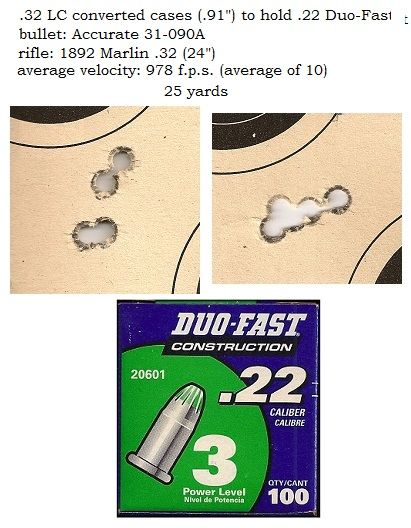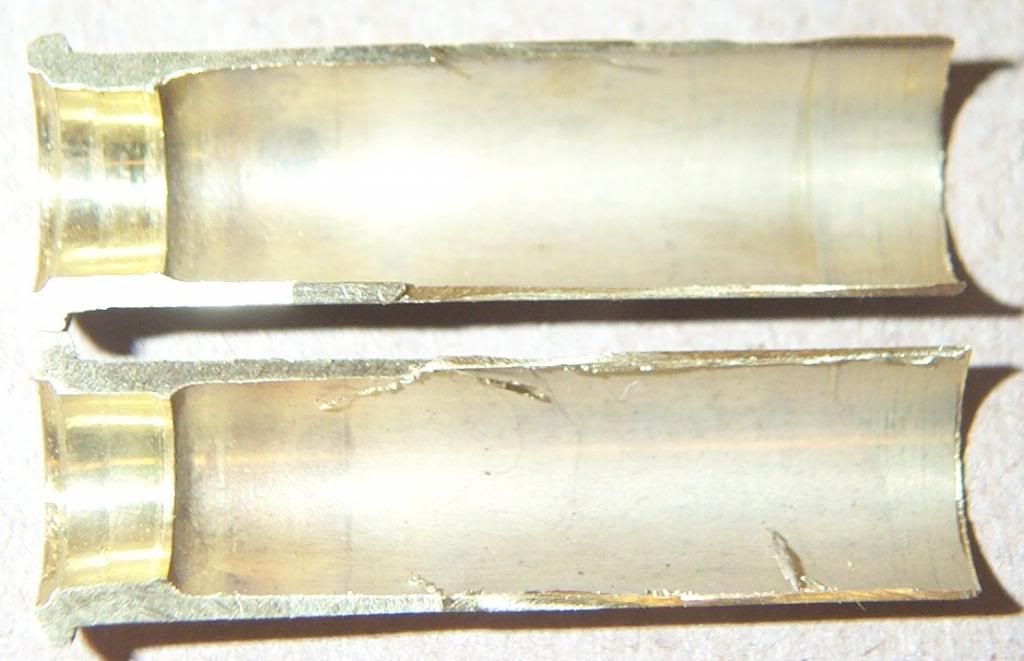Ndnchf,
Perhaps a "Counter Bore" Bit or an aviation Rivet Trimming 'spot face' bit, which takes replaceable pilots, might be adaptable?
W30wcf,
I have talked to Buffalo Arms and we came to a mutually satisfactory solution.
Shipping one pound would have cost about the same shipping and HAZMAT fees (about $60) as shipping the original Five pounds order, and I suggested some other solutions and they agreed to one of them, so I am satisfied.
Also, my "new old stock" Stevens 44 Center Fire Breech block, and my order of "44" pins and screws from "Muzzleloader Builders Supply", both arrived and I am happy to report some of the items fit as received, others are slightly larger than the holes they should go through but are within 'reaming' range to fit tightly for little lost motion in the action.
- The Breech Block Pivot Pin and Pivot Screw fit the receiver holes tightly but are about .002 big for the Breech Block hole.
- The Lever Pivot, same as BB Pivot, is slightly large for both the Receiver holes and the Lever I have.
- The Hammer Pivot Screw fits the Receiver hole tightly, but I do not have a hammer yet to try.
- The Trigger Pivot Screw does not fit the Receiver holes.
- The firing pin retainer is very tight in the Breech Block and also the threads for it, so fitting may be needed later.
- The Breech Block seems to fit my receiver well, side to side, and front to rear but the up and down will need to wait until I can work the Pivot Pin through both the Breech Block and receiver holes simultaneously.
As to my two 1894 Actions, more delay as my Gunsmith's wife went into the Hospital Thursday. I do not know the cause nor the results.
I believe other things are set aside in times of personal worry, and I agree with that.
My 1915 action is on hold for the moment, waiting upon Pacific Tool and Gauge to complete my .250ALRM Roughing Chamber Reamer, to go with the Finish Chamber Reamer they did last year. I am not using the Finish Reamer until I can rough the chamber first, I do not want to dull or chip the Finish Reamer in a raw bore.
I received the order of Swiss Black Powder from Buffalo Arms with one 'little' problem, they 'substituted' 1fg for the 2fg I ordered.
I have already talked with Buffalo Arms and we came to a understanding on what will happen, so I am satisfied.
This means I now have Swiss in 1fg, 3fg, 4fg, and Null-B to experiment with along with my previous stock of GOEX 3fg and Pryodex "CTG".
I also have several types of modern Smokeless Powders I have used or planned to experiment with so I am now well positioned to do the necessary powder loadings for my .25 calibers and my .32 Calibers.
I have a supply of .312" to .315" 90 grain heeled bullets in two designs, and a supply of .255" 51 grain Lead bullets along with some .25" Jacketed bullets. The experimental loadings will be made up when the weather here drys out and gets warmer as it is done on my back patio which faces to the North, not the Warmest nor calmest at the moment.
I did buy a second 1915 Receiver, but it appears to have been 'Bubba' Repaired in the past, further inspections will wait until after the 18th when I can pick it up from my FFL dealer due to California Regulations. This one does NOT have a visible serial number nor other markings, has partially cleaned up weld at the body to lower tang joint cleaned up Braze at the body to upper tang joint, and a heavy boss at the end of the lower tang with a screw fitted between the two tangs, which are close to the same length as I remember it from when I saw it during filling out the transfer paperwork.
For $45 plus $5 shipping and $89+ for the transfer, it was inexpensive; but may be unusable as is for a firing arm. Wall hanger maybe?
In addition relative to my 'fire sale Lathe project', I won two auctions on Ebay for used replacement Quick Change Threading Gear Box detent handles so the 'crispy critter' ones can be relegated to the scrap bin. I am still looking for a 'quadrant' to replace the cracked one I have. I am reluctant to order an new one at he moment as the $269.00 plus shipping would limit my money for taxes at this time.
Now Back to the 'mundane', getting ready for Tax Preparation, replacing shredded shelter canvas, Getting my dogs to Vet for annual checkup then getting their licenses renewed for the year. keeping ahead of the mushrooms popping up in my back lawn, etc., etc.
Best Regards,
Chev. William

|
   
   
|


|





 Reply With Quote
Reply With Quote











